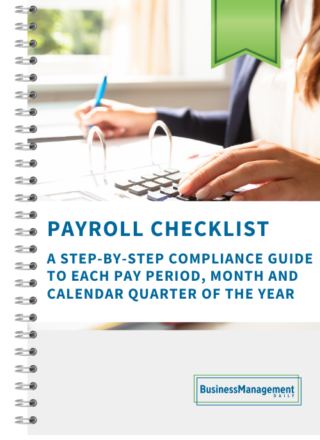Taming the meeting monsters
You’ve called a meeting. The agenda is full of important items. Everyone needs to be there. You’re fully prepared, picked the right room, worked out the kinks in everyone’s schedule. You’ve even brought in refreshments. And you’re confident in your role as moderator, ready to make the discussion as productive as possible. Are you set?
Almost. You need to be prepared for the fact that meetings seem to bring out the worst in some people. If your meetings are like most, your control of things will be challenged sooner or later by one of these common “meeting monsters”–the strong personality types that can derail your efforts.
Here’s a field guide to common “monsters” and how to tame them:
The preacher. A dyed-in-the-wool supporter of a particular viewpoint, determined to extol the virtue of her ideas–whether it’s appropriate or not. What to do: Give praise for her enthusiasm and knowledge of the subject. Agree that everyone would like to know more about it. Could she put it into a memo? If further discussion is needed, offer to consider putting it on the agenda for the next meeting–as long as you can continue with the current one as planned.
The socializers. Three staffers golf every Saturday, and they take advantage of your Monday morning meeting to rehash the best swings of the day. What to do: People need conversation time each time they meet, but in a work situation that should take only a few minutes. After that, use a light touch, but be firm: “I hate to break this up, but if we want to finish by 10, we better get started.”
The no-man. He always has the perfect reason something won’t work. What to do: Resist the temptation to squash such comments; this might discourage others from participating. Instead, ask the no-man for a better suggestion. Build on the usable parts of his ideas or statements.
The arguers. Two or more meeting participants take opposite sides of an issue. As the debate becomes more heated, others in the group begin to take sides. What to do: “I can see this is a subject you all feel strongly about. That’s exactly why we can’t decide anything today.” Suggest that someone from each side summarize its point of view in writing and submit it to the group before the next meeting.
The snipers. Sniping is more dangerous than flat-out arguing, because its basis is typically personal. The snipers change the tone of the meeting, distract attention from the topic at hand, and encourage copycat behavior from others. What to do: Change the focus of attention. At the first hint of sniping, steer everyone back toward the subject at hand. Call on someone who hasn’t been involved and get her views while the snipers cool off. Remember that sniping suggests a low trust level in the group; use this and future meetings to build morale and get people working toward common goals.
The fighter. She uses the meeting as a battleground, lacing her comments with sarcasm, defensiveness and outright hostility.What to do: After the first such comment, let the group know that everyone needs to cooperate if they’re going to get what they need from the meeting. If things get out of hand, take a short break–and don’t be afraid to ask fighters to leave.



